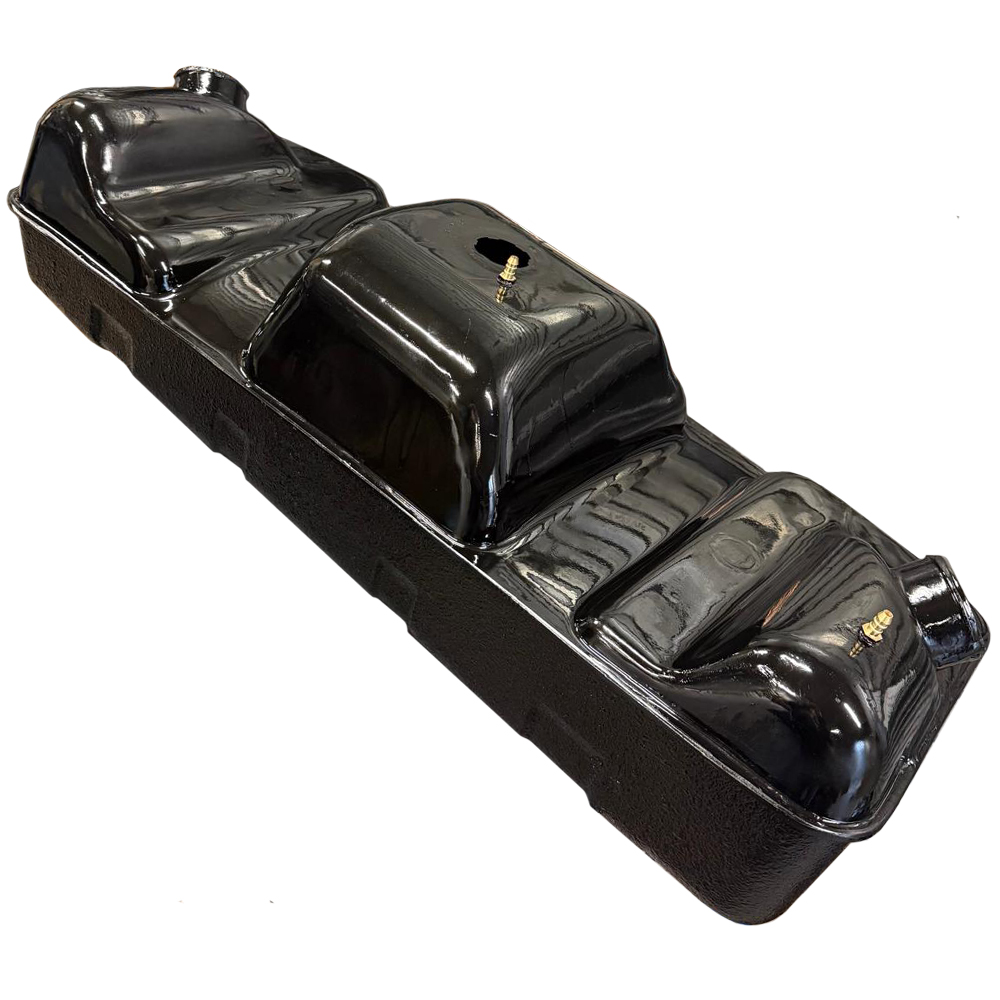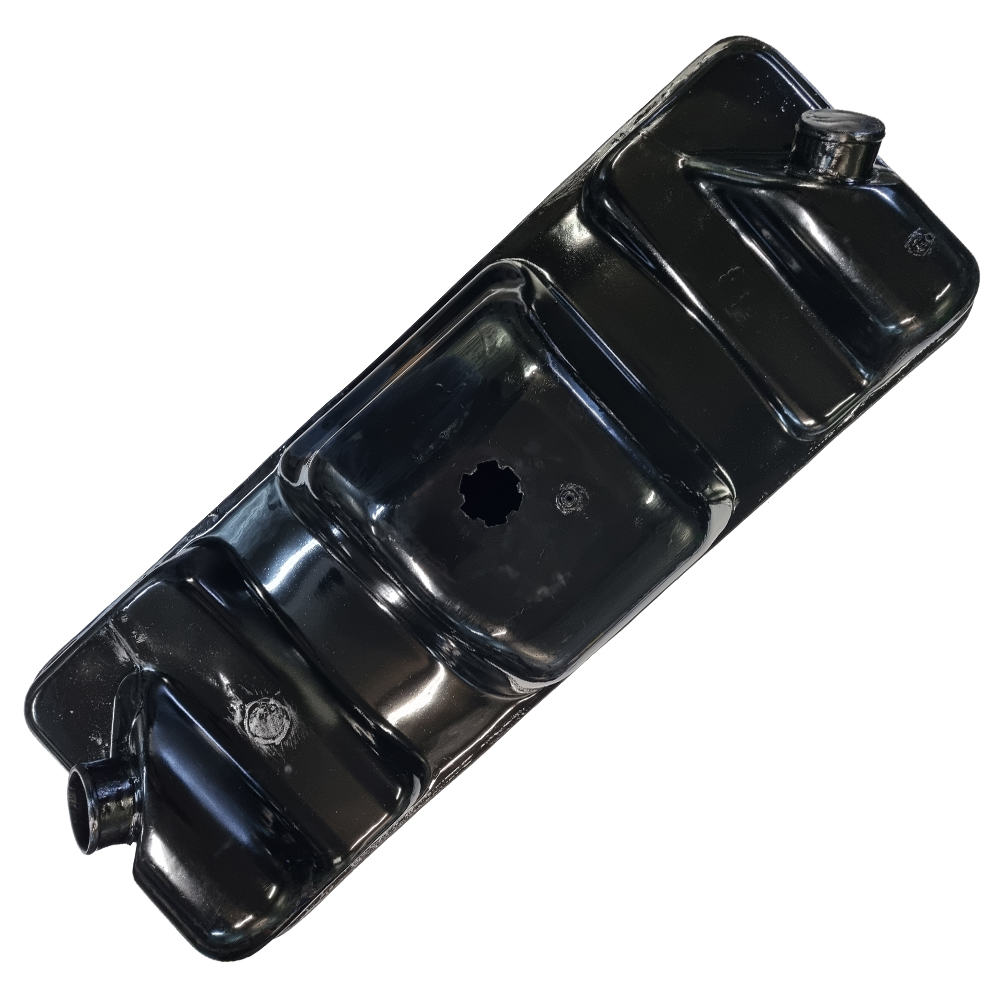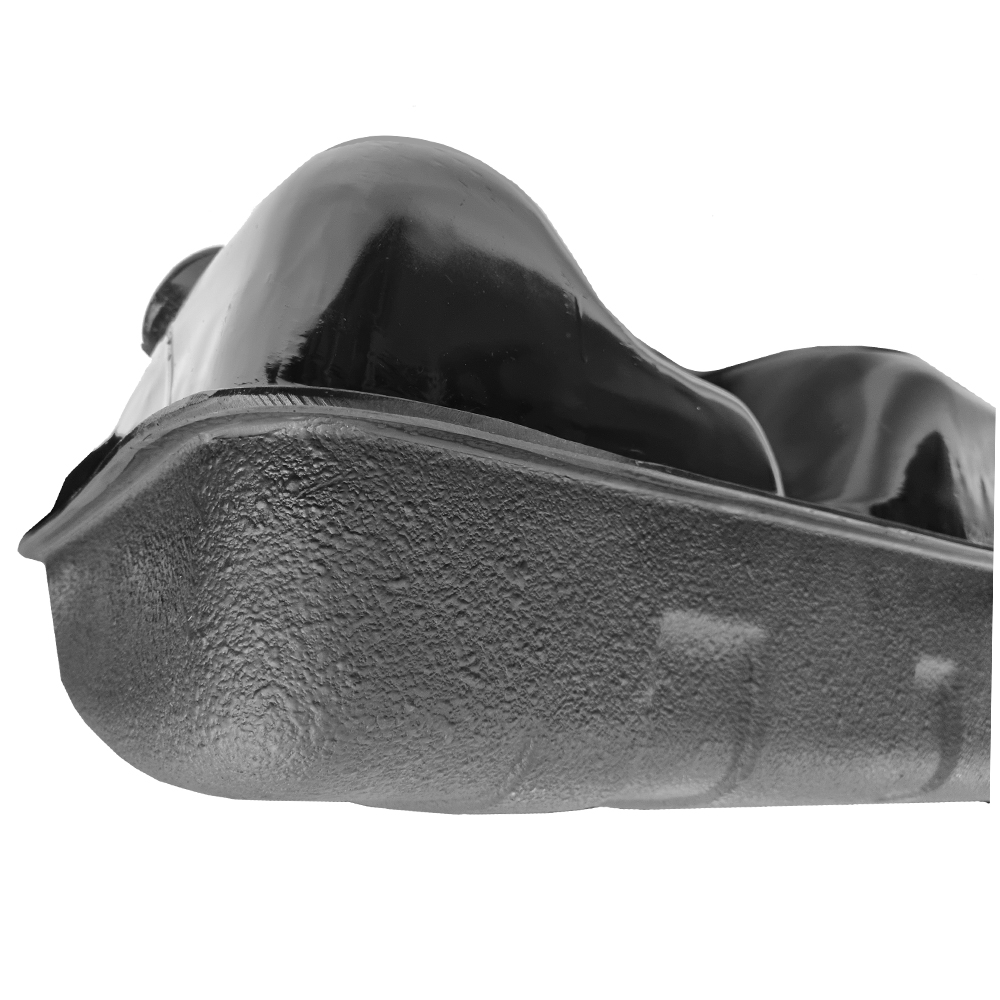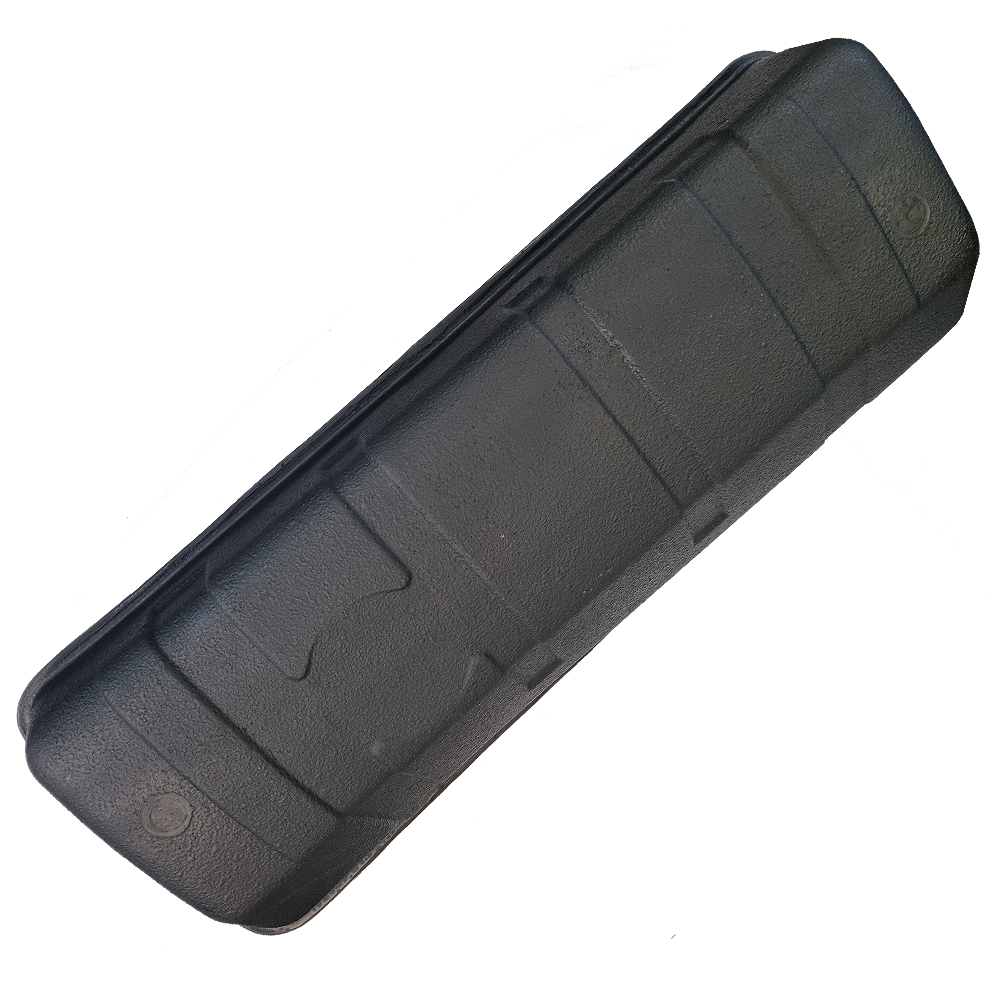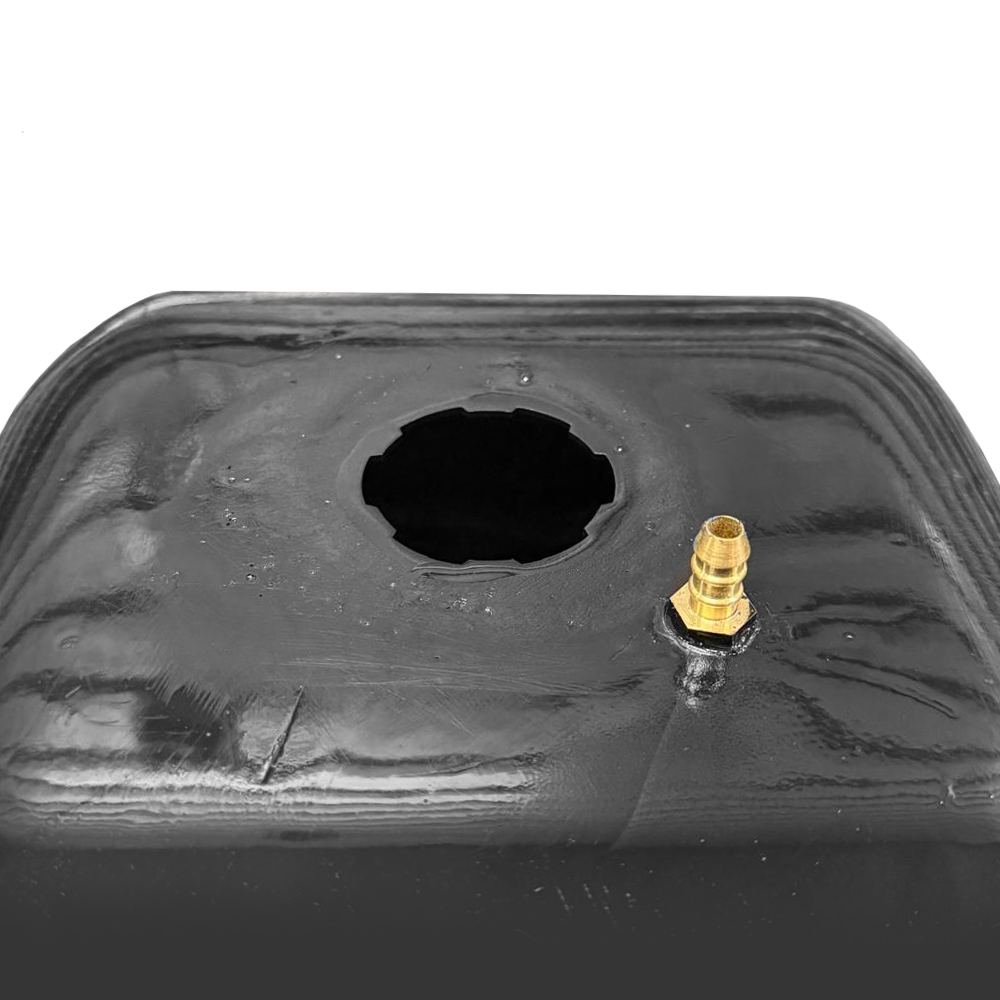Buy online Plastic fuel tank – Mercedes-Benz G-Class – Diesel (1975 – 2001)
Plastic fuel tanks are manufactured in-house – from a modern composite material based on polyester resins, fiberglass and carbon fabrics. They are highly reliable and nearly as resistant to impact as steel.
! Each tank is pressure-tested after production to ensure there are no fuel or vapour leaks.
The fuel tanks are manufactured in Latvia in full compliance with the technical regulations and standards of the European Union.
If you’re not sure which fuel tank is right for your car model, message us on contact us via WhatsApp and we’ll help you choose.
